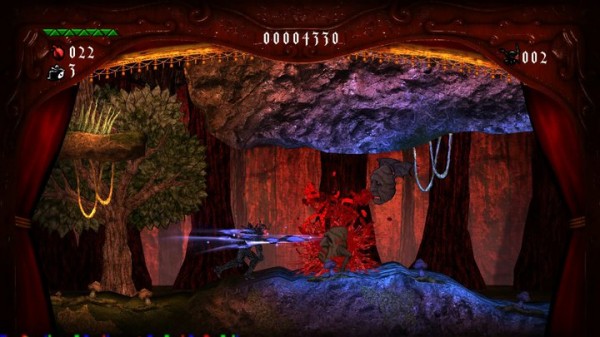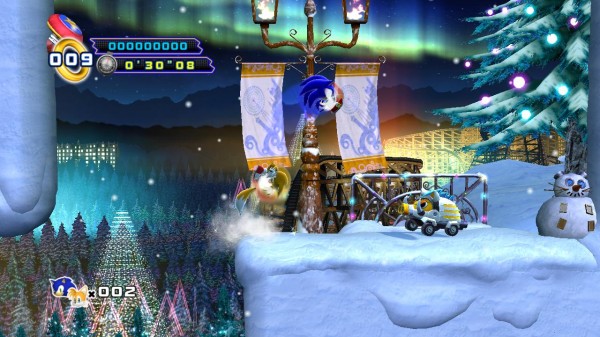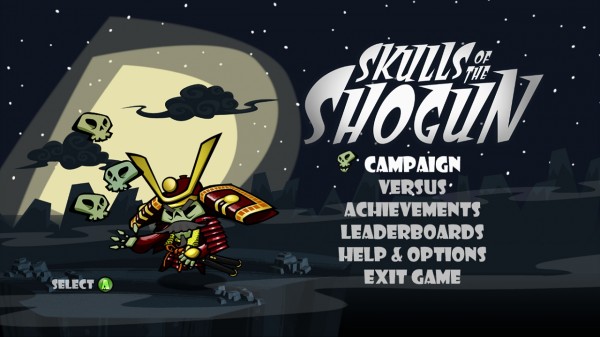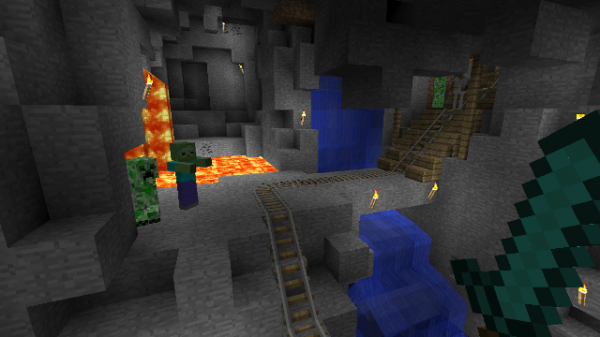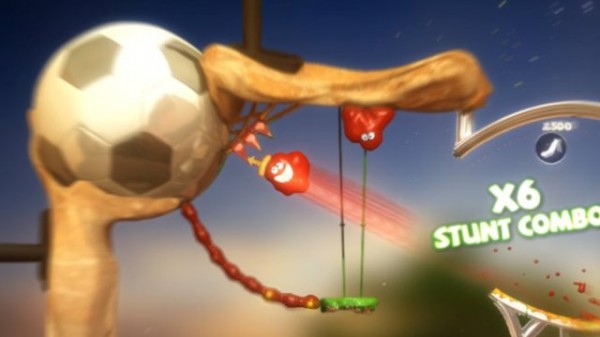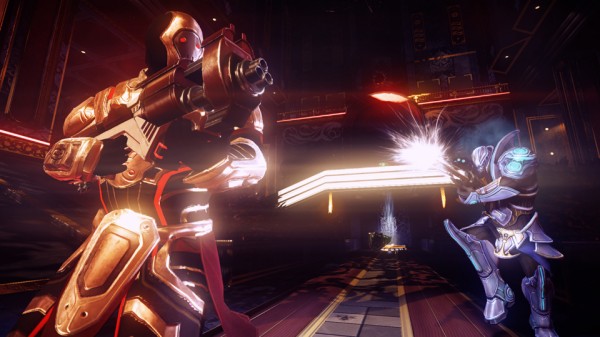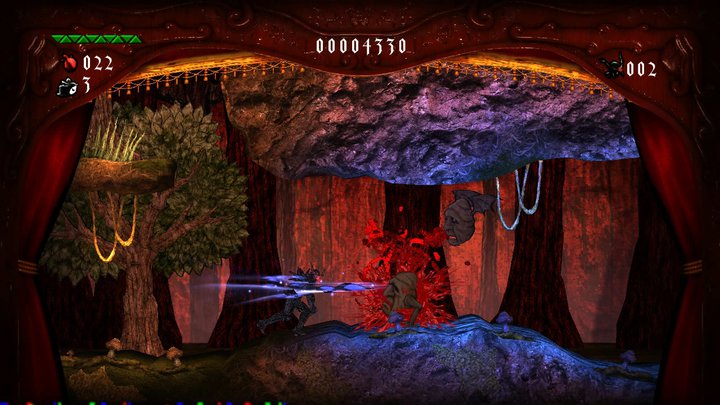 14 years ago
14 years ago
Wielding the Black Knight’s sword at PAX East
Digital Reality and Grasshopper Manufacture have already shown the world that a developer in Hungary can work together with a studio in Japan to deliver a fantastic shoot ’em up with Sine Mora. Now they’re fast on their way to proving it was no fluke as the duo enter what Digital Reality Director of Publishing Balázs Horváth says are the final few months of development work on Black Knight Sword before it launches this summer. It likely won’t be the last time they team up, either. When asked if the two would work together on a game again in the future, Horváth smiled and said only: “Yes.”
As for Black Knight Sword, it’s something very different from their last collaborative work. The studios have left the bright blue skies behind and turned their attention to a dark and dreary fantasy setting. It’s the result of Grasshopper’s unique approach to story conceptualization being funneled through the creative minds over at Digital Reality. What that amounts to is an opening sequence with a man — a man hanging by his neck. His suicide attempt doesn’t quite come to fruition, however. Instead he ends up grabbing the hilt of a mysterious sword that transforms this sad and mysterious soul into the equally mysterious Black Knight.
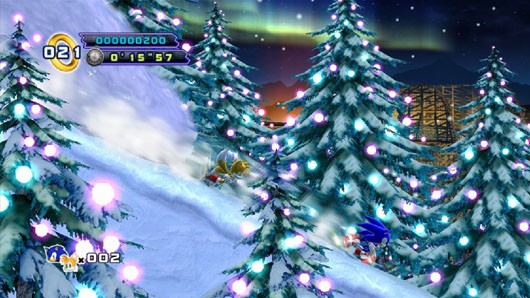 14 years ago
14 years ago
PAX East: Sonic the Hedgehog 4: Episode 2 impressions
Sonic the Hedgehog: 4: Episode 1 didn’t exactly spin dash to fan’s hearts when it released in 2010–it contained a wonky physics engine and lackluster gameplay, but Sega plans to turn that perception around with its aptly titled sequel Sonic the Hedgehog 4: Episode 2.
The demo we played at PAX East had Sonic speeding through an act covered in blizzard conditions with huge snowballs gaining mass while fumbling toward our blue protagonist, so it was important that Sega’s promise to include retro physics and more refined gameplay were included to overcome the demo’s obstacles.
Sega has succeeded so far, sort of. The most obvious inclusion, the ability to harness Tails’ hovering skills to carry the grounded Sonic to distance ledges makes for an enjoyable distraction, but once vertical the overbearing weight of Sonic becomes apparent. He still needs more momentum to maintain a steady speed than his incarnations in the 90s, and any and all gameplay distractions like dropping straight down from flying high with Tails just makes Sonic seem heavier than a Hummer.
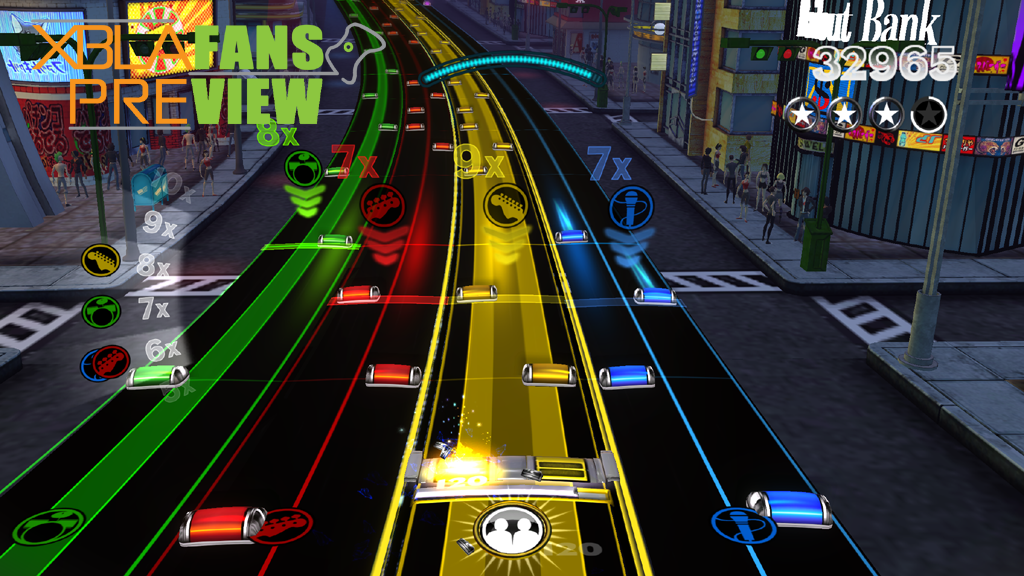 14 years ago
14 years ago
Rock Band Blitz preview: Arcade rock
After spending the last four years releasing a multitude of sequels and spin-offs for its popular Rock Band and Dance Central franchises, Cambridge-based Harmonix Music Systems is scaling things back a bit with its next release. The next Harmonix-developed title the world will get is still part of the Rock Band series, but it will arrive at some point this summer sans the band. On Tuesday the developer unveiled Rock Band Blitz — a single-player XBLA and PSN game that rocks out without rock instruments, instead requiring the use of a regular controller for solo-jamming along all five instrumental tracks at once.
The simplicity of the concept isn’t exactly in line with what fans have come to expect from the company that popularized plastic instruments, so it’s understandable if there is some hesitation from the community to accept this new direction. Project Director Matthew Nordhaus explanation during my trip to the developer’s studio that the team’s goal is to release a product that removes the series’ high barriers of entry through a more simplistic approach probably won’t have plastic rock stars pumped for the big show either. Read a few quick-and-dirty details on the internet and watch a quick clip of Blitz‘ gameplay and you might get the impression that this is just another case of a developer dumbing its game down for modern gamers who are, supposedly, unable to process complexity in their video games. Well, guess what? It’s not.
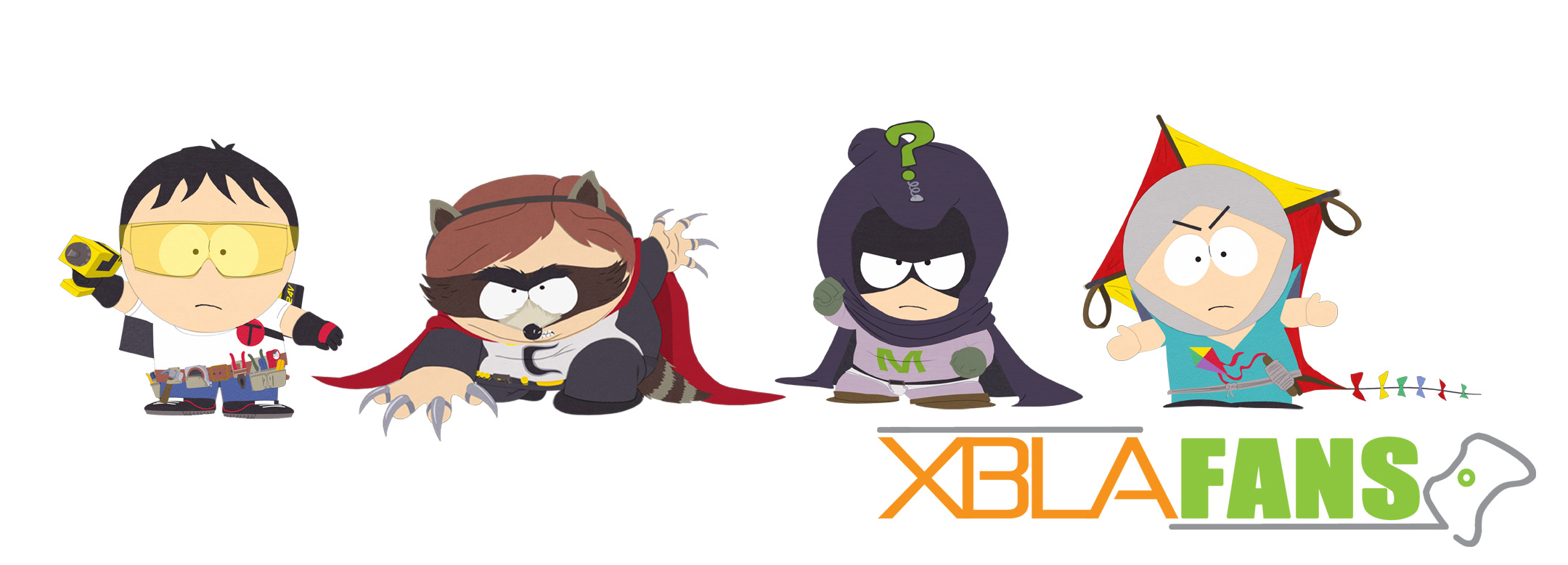 14 years ago
14 years ago
Play as a superhero in South Park: Tenorman’s Revenge
With a licensed game it would be easy to slap a different render on the same character build and just pretend that makes them unique, especially with a property …
Read More
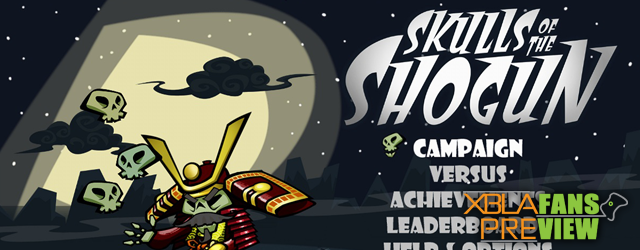 14 years ago
14 years ago
Skulls of the Shogun preview: strategy games go to the afterlife
When I arrived at Haunted Temple Studios, the cab driver gave me a smug look. I’d asked him to stop one door over from a strip club at what looked to be an abandoned construction area. The gears in his head were turning and his face read “this kid just doesn’t want to admit he’s going to Dreamgirls.” He continued to prod me about being in the wrong location, but my trusted iPhone assured me this was the address Jake Kazdal, founder of Haunted Temple had given me. I wandered into the construction area hoping this was the right location. The glitz and glamor of the neighbors distracting the average onlooker from the amazing gem inside an unmarked building next door made arguably the perfect metaphor for an indie studio’s plight in the industry. Inside this large open, warehouse of a building, Jake and his team were putting the finishing touches on Skulls of the Shogun, literally hours after rescuing the game from a flood.
 14 years ago
14 years ago
Lives and Death preview: a dimension of ambition
 I’ve always had a soft spot for ambition; for the people out there who take risks, when the big money says play it safe. I’d rather watch and cheer for the Phil Mickelson’s of the world who would rather shoot over or through obstacles than lay up and take two shots; the Boise States who are willing to go for two on a trick play in overtime; the indie developer who spends their entire life savings on a dream. In a world dominated by discussion of monetization models and social metrics, I even have a soft spot for an established three hundred and fifty person studio that creates an IP department for prototyping and creating new ideas on the console space, while many companies are running the other direction. I had the opportunity to speak with Frima Games about their upcoming project, Lives and Death, at GDC this year, and what I saw, while still in the prototyping phase, is definitely ambitious. Read More
I’ve always had a soft spot for ambition; for the people out there who take risks, when the big money says play it safe. I’d rather watch and cheer for the Phil Mickelson’s of the world who would rather shoot over or through obstacles than lay up and take two shots; the Boise States who are willing to go for two on a trick play in overtime; the indie developer who spends their entire life savings on a dream. In a world dominated by discussion of monetization models and social metrics, I even have a soft spot for an established three hundred and fifty person studio that creates an IP department for prototyping and creating new ideas on the console space, while many companies are running the other direction. I had the opportunity to speak with Frima Games about their upcoming project, Lives and Death, at GDC this year, and what I saw, while still in the prototyping phase, is definitely ambitious. Read More
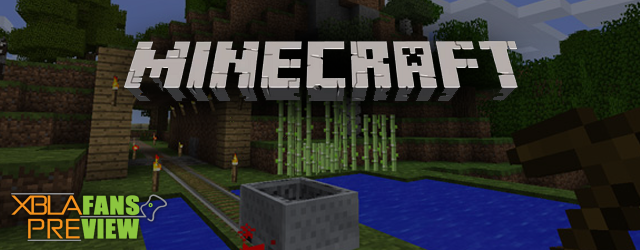 14 years ago
14 years ago
Minecraft preview: Now I get it
I told myself I would never play Minecraft as I have this incredibly easy ability to become quickly addicted to something. To put it in perspective, I’m the guy who watches entire series of TV shows straight through in a day, not just seasons. I’ll try and fail for hours at a game like Super Meat Boy or Trials HD until I can get through sections perfectly. When I started Skyrim, I had eighty hours put into the game before I even remembered to start the main quest. When I fell in love with XBLA games, I helped start this website. So it was no surprise when I finally picked up a controller to play Minecraft an hour passed by like nothing had even happened.
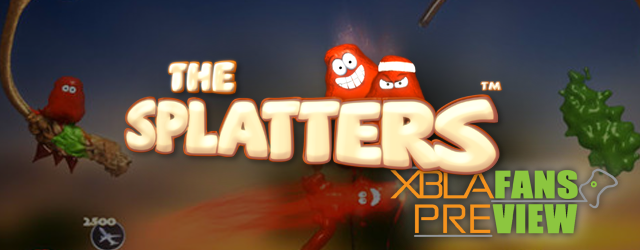 14 years ago
14 years ago
The Splatters: the most fun you’ll ever have with gooey creatures
Almost every game does something right; whether it’s a fantastic new engine or physics, creative and quirky design, or interesting and challenging levels in which to experience it all, but to truly leave a mark a game needs to do everything right. After playing The Splatters a few dozen times and watching those colorful blobs explode and stain the screen, this could easily be one of those games. It’s launching on April 11 and it needs to be on your radar. Coming into GDC, I wasn’t too familiar with The Splatters or its developer Spiky Snail, an Israeli company founded in 2010 by two childhood friends. Yet throughout the week I keep finding myself wanting to come back and play more.
Players take control of these blob-like creatures and attempt to destroy bombs by exploding their splatter, releasing a paint like substance and coating the bombs in the paint. The basic controls are incredibly simple, as the left analog stick points the direction and the A button launches the splatter. Holding A will result in the splatter launching with enough force to cause it to explode should it come into contact with a wall or spikes, while lightly tapping the button will allow it to move locations. Players can change direction in midair both before exploding and after exploding through this same mechanic. The beginning levels have a few stages and slowly introduce basic mechanics. Every splatter that is still alive after completing a stage will continue to the next one until the end of the level where they will add points to a players score.
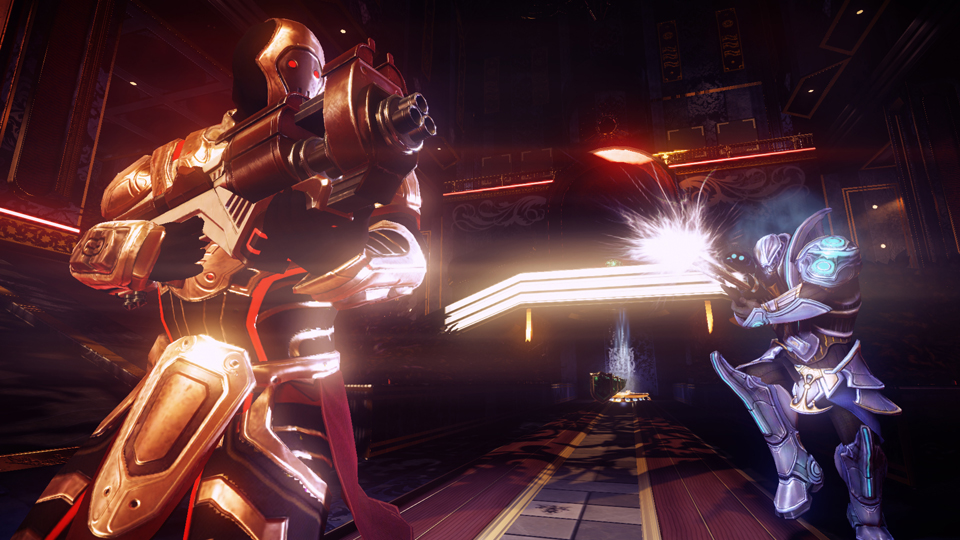 14 years ago
14 years ago
Nexuiz is an FPS that aims to give you a blast from the past
Before Call of Duty and Battlefield 3, there were two games that revolutionized first person shooters. These games were Quake and Unreal Tournament. If you have ever played and love either of these games, a relatively new company IllFonic is sure to give you a blast from the past. The company, founded in 2007, is set to release their new arena first person shooter Nexuiz next month as a part of Microsoft’s XBLA House Party promotion. More info and screens after the break.
 14 years ago
14 years ago
Preview: Bodoink

Have you ever wanted to design a videogame without having to learn all that pesky computer science? Well, the folks at Robomodo have your back. The studio behind the recently announced Tony Hawk Pro Skater HD has launched a Kickstarter campaign to help get funding for their latest game, Bodoink, a wacky pinball/pachinko hybrid for Kinect. By raising the money without having to rely on a publisher they’ll be able to retain creative control of the game, and they’ve decided to pass much of this control on to the project’s backers (namely, you guys). We spent some time this week with Robomodo lead designer Patrick Dwyer to talk about Bodoink and the Kickstarter (listen to the interview here), and to give the game a try.

